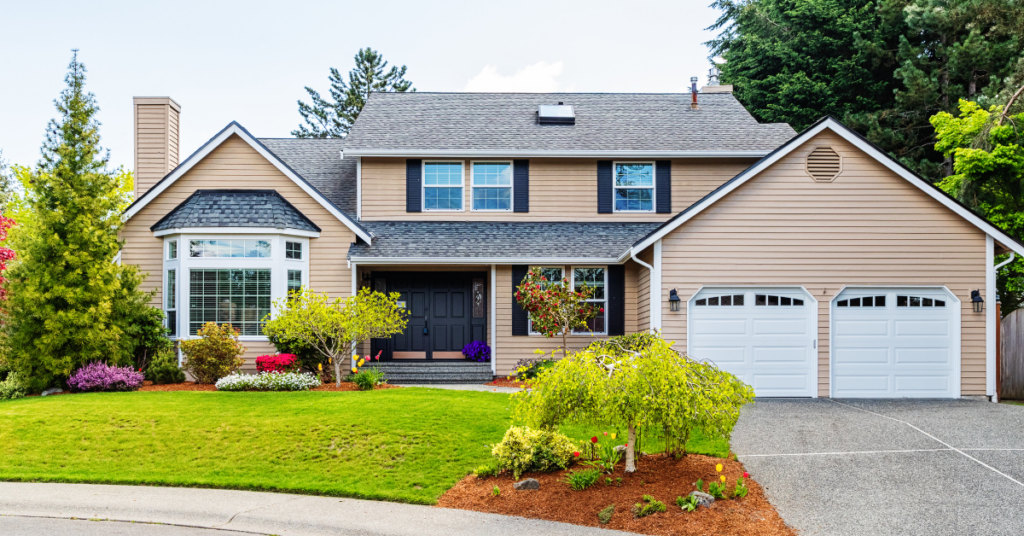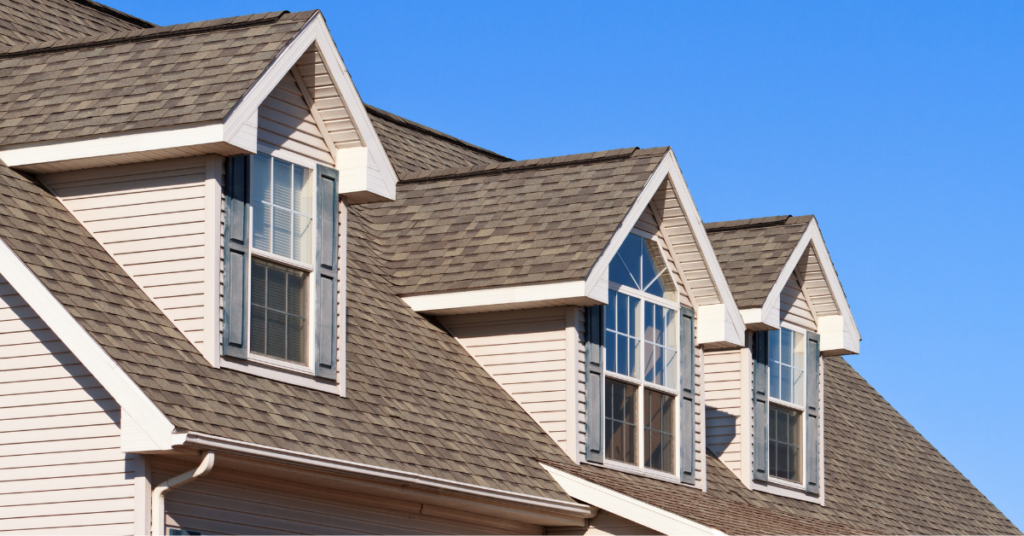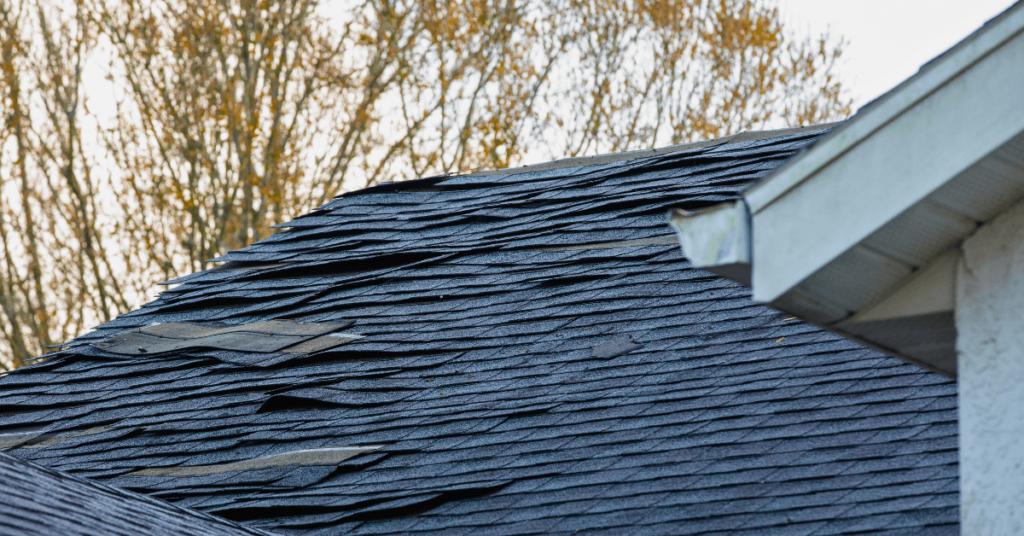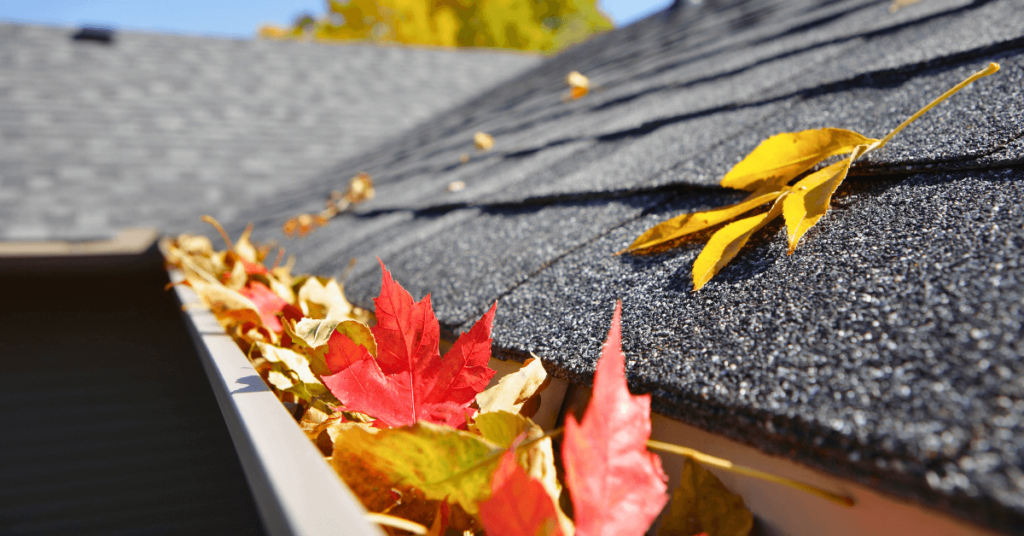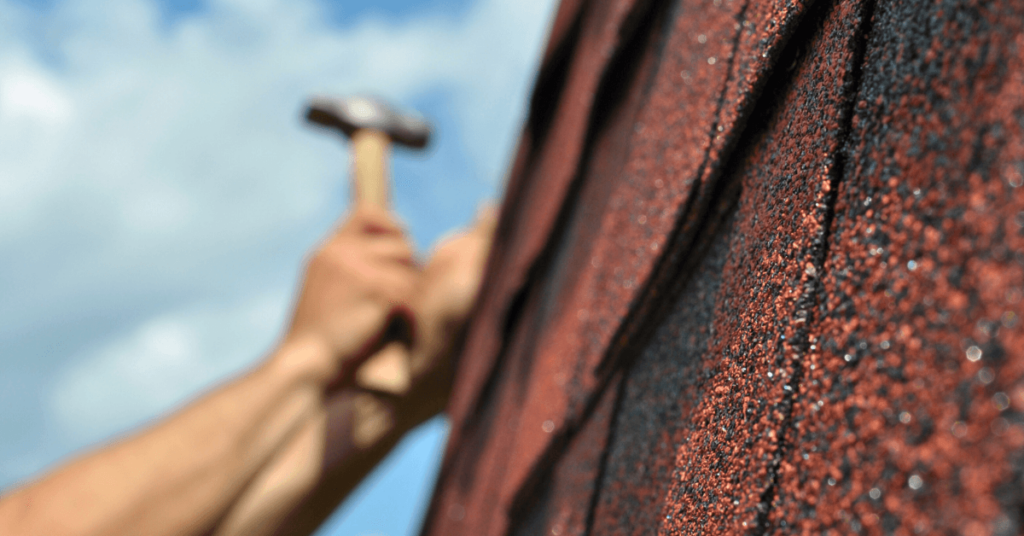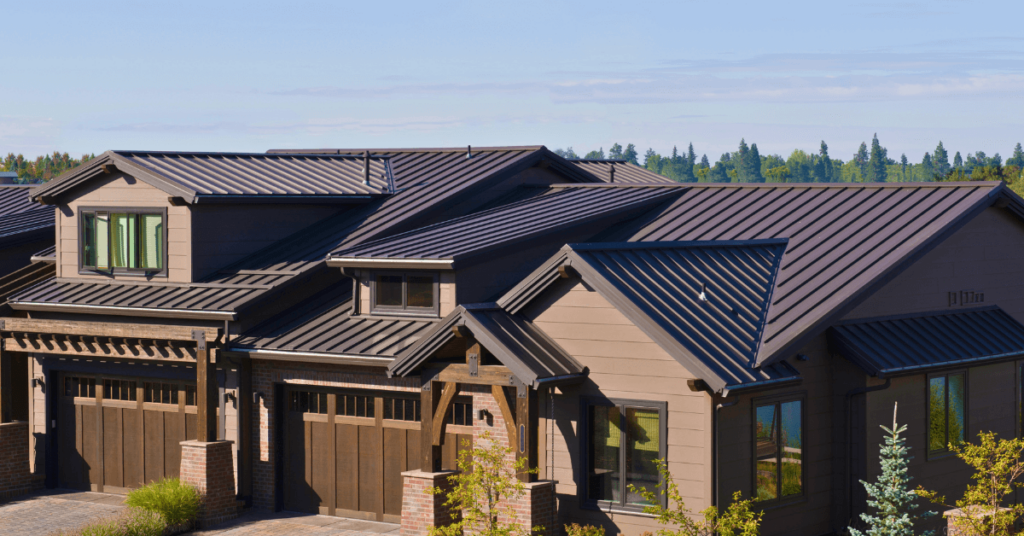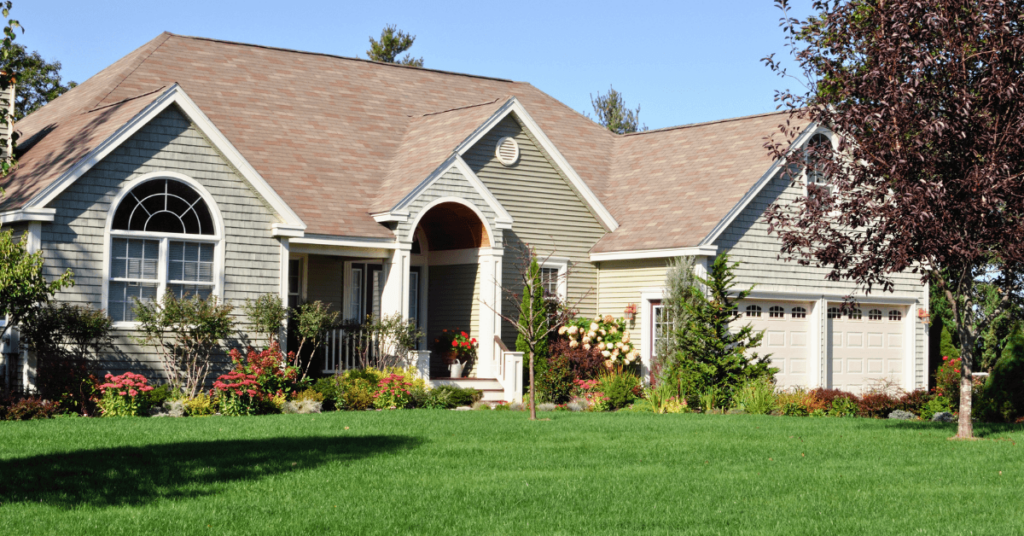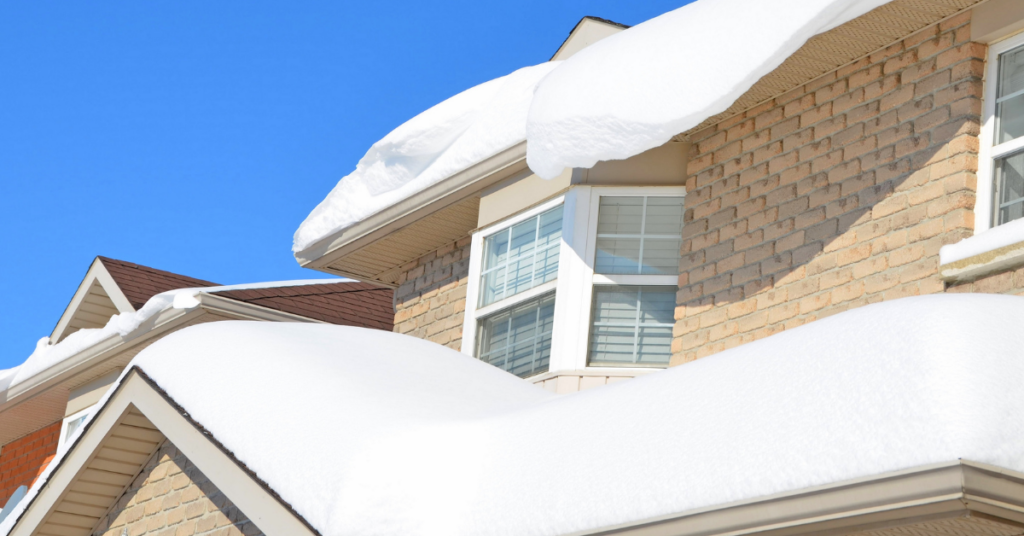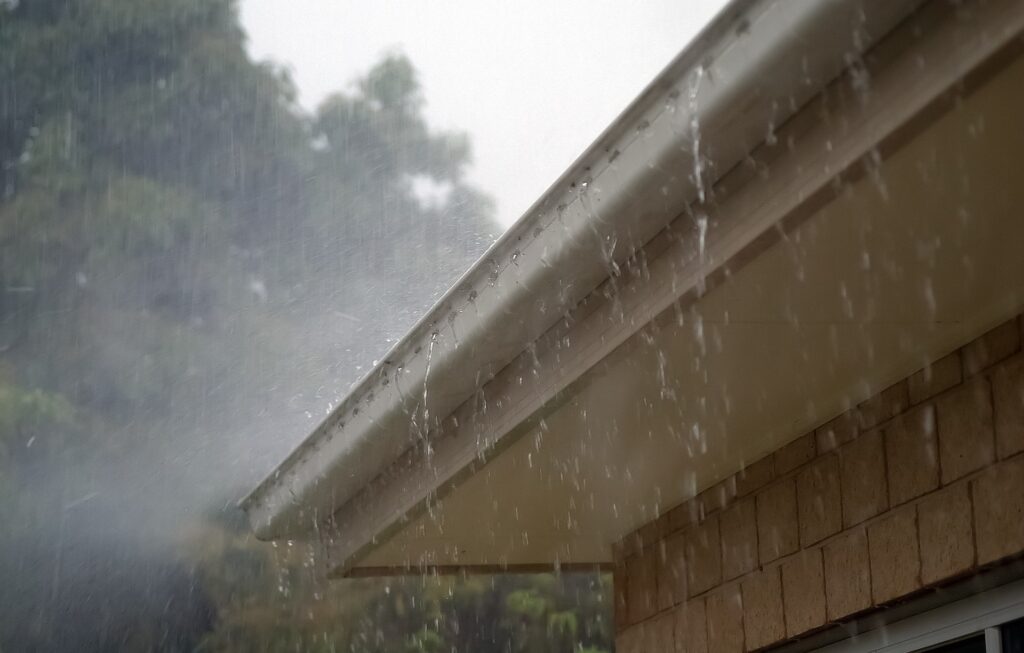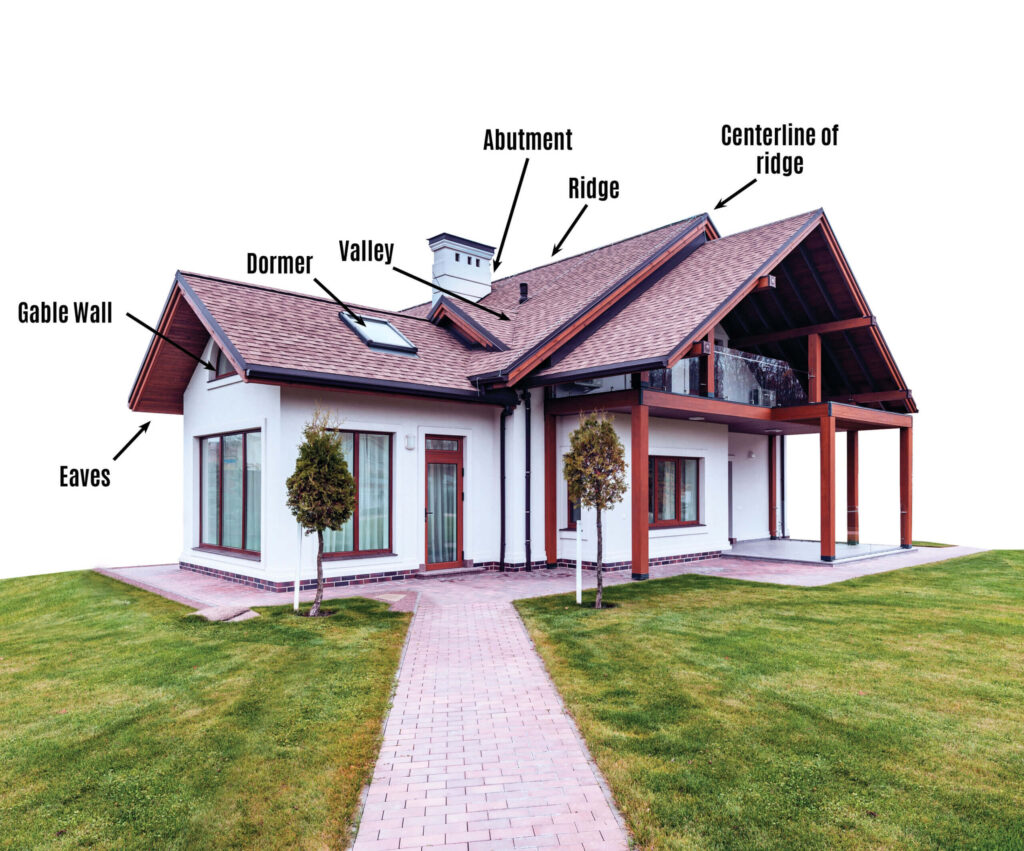March 29, 2024 in Roofing, Tips
Affordable Roofing Options for Homeowners
Have you ever discovered you needed a new roof when money was tight? Maybe you had just gotten back from a pricey vacation to find a serious leak in the bedroom. It was the final hint that you needed a roof replacement. After dropping all that money on a nice Caribbean cruise, you didn’t exactly have extra cash lying around. What could you do?
Let’s figure out how to find some budget-friendly roofing choices to keep your home dry and protect your possessions. Remember in the long run choosing the right roofing option can actually save you some money. The good news is that PJ’s Roofing offers a variety of affordable roofing solutions. With us, you’re bound to find a way to save money without skimping on quality.
Asphalt Shingles: The Reliable Choice
This tried-and-true affordable roofing option is available in a wide range of colors and styles. It’s an affordable way to protect your home while giving it a fresh look. If you’re looking for something reliable that’s within your budget, asphalt shingles are a great choice, and they:
- Last 20 to 30 years as long as they’re properly installed and well-maintained
- Smother fire and keep your home safe
- Are lightweight and reduce the stress on your roof structures.
This is a dependable and practical way to protect your home.
Metal Roof Replacement: Durability That Pays Off
Metal Roofing is another choice. Even though its price tag might seem off-putting at first, this type of roof can be a worthwhile investment. It will only require a minimal amount of maintenance and can boast some impressive levels of energy efficiency. Actually, a metal roof has the potential to help you save money on your energy bills! So, if you’re looking for a long-lasting choice, metal roofing might be an excellent and affordable roofing solution. It’s important to realize that:
- Metal roofs resist fire, insects, rot, and mildew, and are exceptionally durable.
- A metal roof’s reflective properties reduce energy costs by keeping your home cooler in the summer.
- They’re eco-friendly and when they need to be replaced, you can simply recycle them.
- They can withstand high winds and extreme weather conditions.
They provide many benefits and can be a wise and sustainable option.
Composite Roofing: Style Meets Affordability
If you want something that’s both stylish and inexpensive, consider a composite roof. Moderately priced and available with either synthetic shingles or tiles, this is a durable and attractive choice. Budget-conscious homeowners often prefer this because:
- Composite roofing materials are available in a wide range of colors and textures, so you’ll have the look of natural materials without having to pay a fortune to cover maintenance costs.
- It’s resistant to fading, cracking, and warping. Its beauty and performance both last a long time.
- Lightweight, it reduces the load on your new roof, minimizing the risk of damage.
- Composite roofing materials provide an easy roofing installation, lowering labor costs.
Thanks to its low cost, durability, and aesthetic appeal, a metal roof may be the exact kind of affordable roofing option you’re looking for
Roof Coatings: A Cost-Effective Solution
Now, let’s talk about roof coatings. They’re a budget-friendly method of extending your existing roof’s life. They seal leaks, protect against UV damage, and can improve your home’s energy efficiency. Best of all is the fact that they only cost a fraction of what a full roof replacement would. They’re ideal for homeowners on a budget.
- They’re able to be applied to various types of roofs including the ones we’ve talked about here.
- They may make it possible for your roof to be viable for an additional 10 years, and this saves you the expense of a complete replacement.
- These coatings act as a seamless physical barrier against water entering your home. They can help to relieve the urban heat island effect, keeping your home cooler while reducing your overall energy consumption.
Making the Right Choice
There are many budget-friendly roofing options, from asphalt shingles to composite materials and roof coatings. But remember, you really shouldn’t focus solely on the upfront costs of a roof replacement. Don’t forget about factors like durability, energy efficiency, and long-term savings potential. And remember if you need help deciding, you can always reach out to PJ’s Roofing. We would be happy to answer any roofing installation questions. Let’s work together and find the perfect solution for both your needs and budget.

